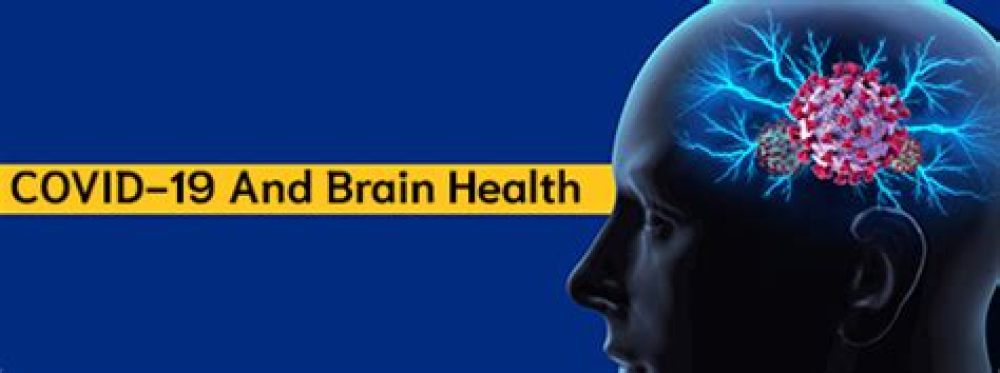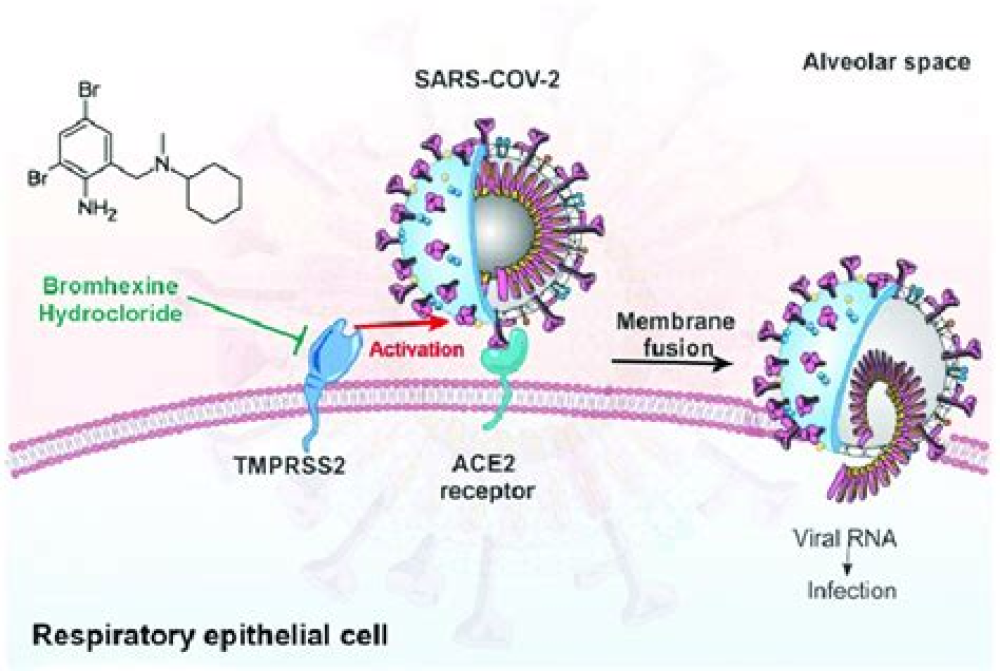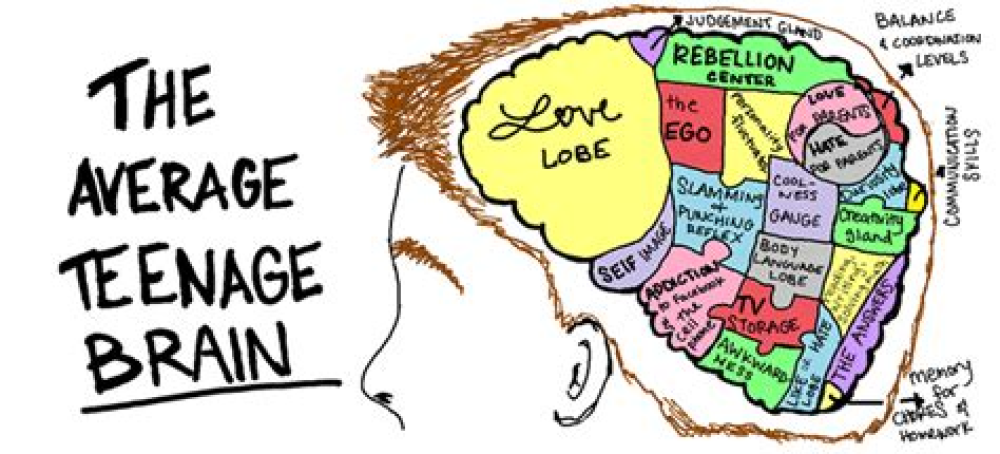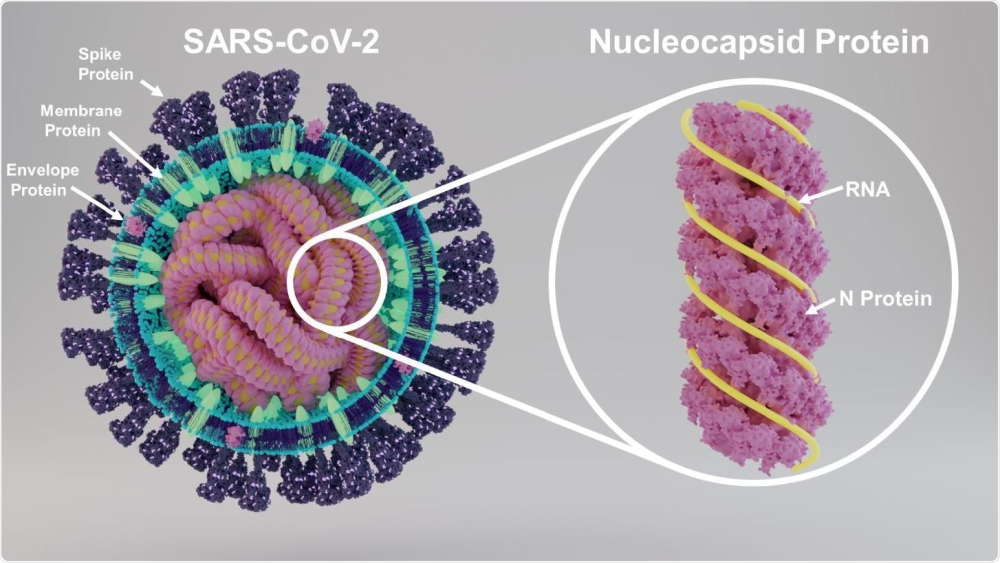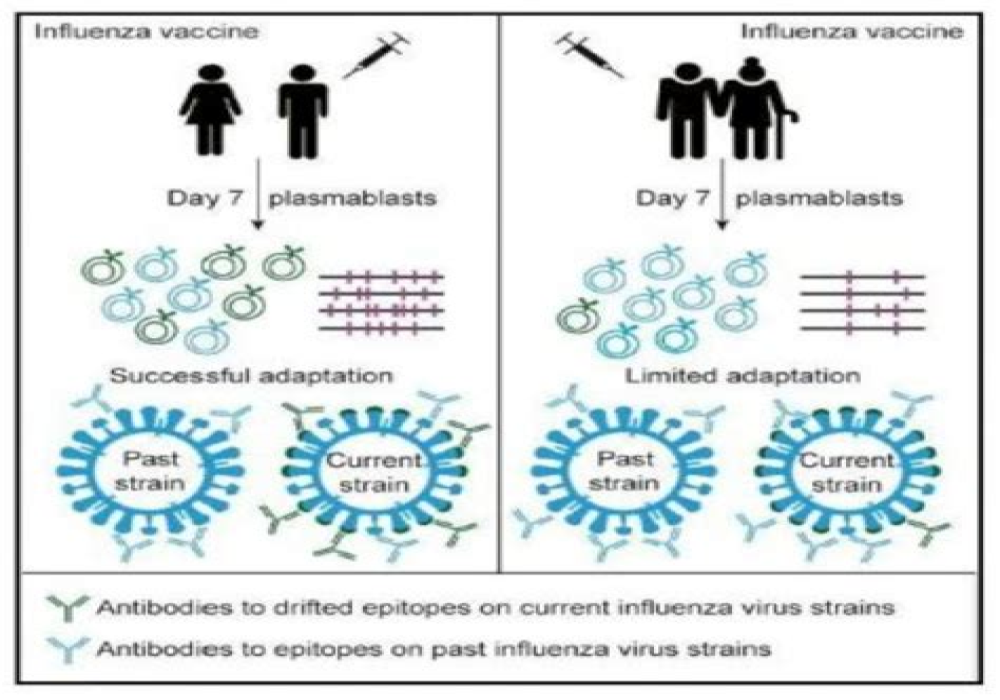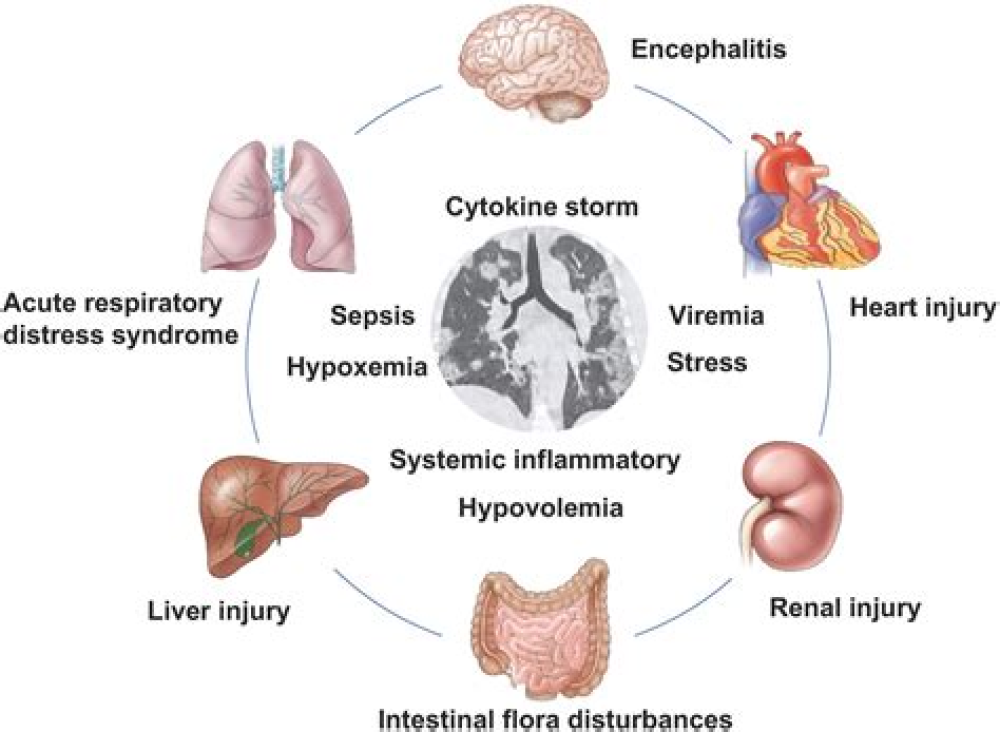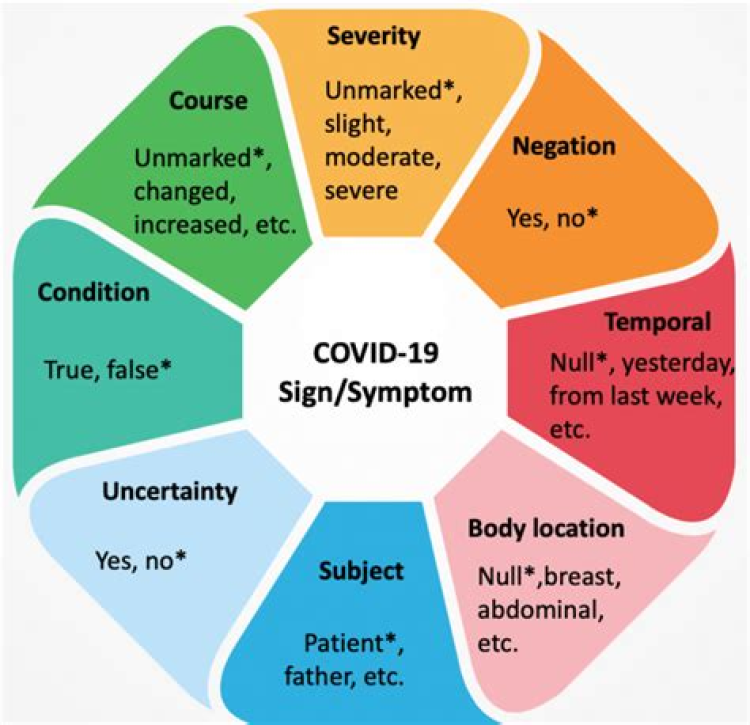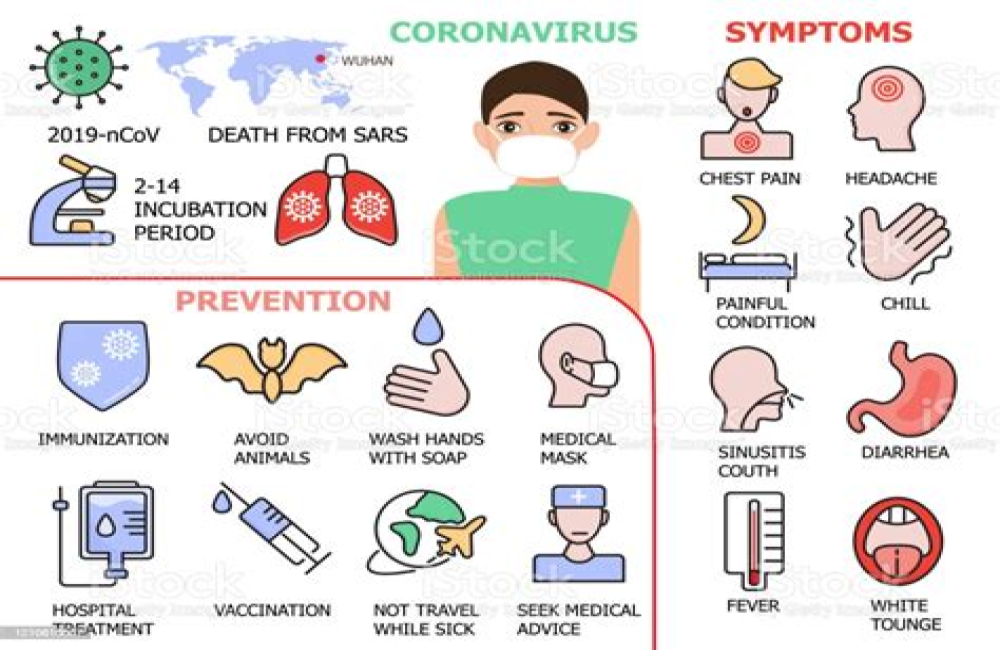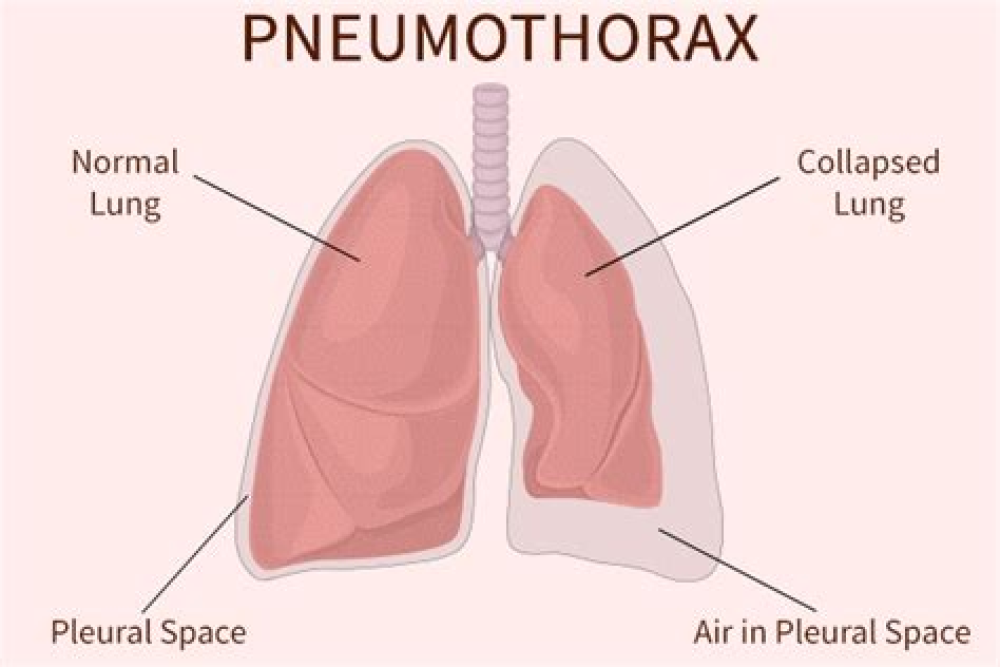
The incidence, clinical characteristics, and outcomes of pneumothorax in hospitalized COVID-19 patients: A systematic review
Authors: Woon H. Chong,a,⁎Biplab K. Saha,bKurt Hu,c and Amit Chopraa Abstract Background Pneumothorax has been frequently described as a complication of COVID-19 infections. Objective In this systematic review, we describe the incidence,…[...]
Read More